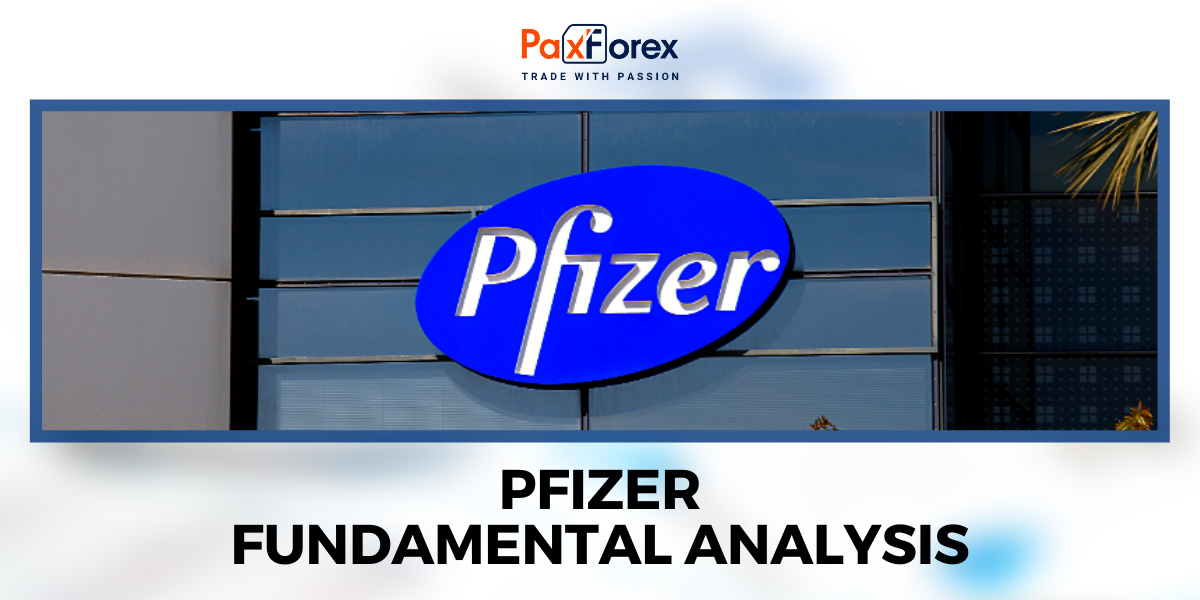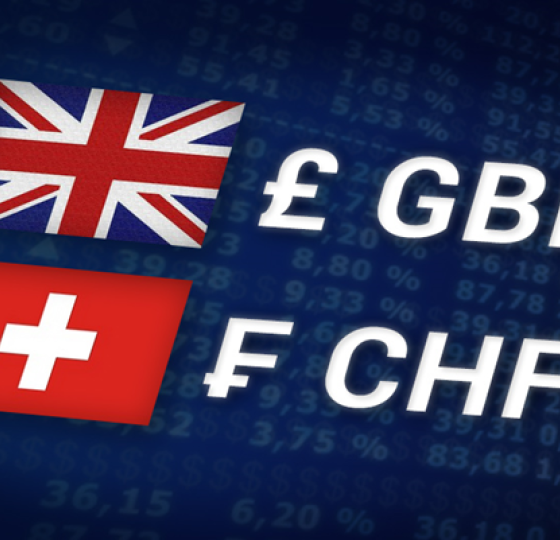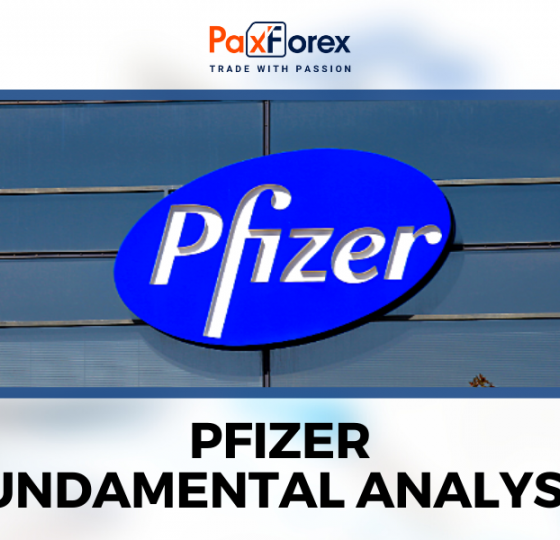
Source: PaxForex Premium Analytics Portal, Fundamental Insight
Pharmaceutical giant Pfizer has faced a significant decline since early 2022, with shares plummeting by 46%. The steep drop in both revenue and earnings was largely due to the fading impact of its coronavirus-related products as the pandemic subsided, explaining its poor performance over the last 18 months. However, signs now indicate that Pfizer is on the verge of a recovery, which was highlighted in its second-quarter results.
In 2022, Pfizer made history by generating $100 billion in sales, the first company in the biopharmaceutical industry to achieve this milestone, thanks largely to its COVID-19 vaccines and treatments. As the pandemic receded, this level of performance was always going to be challenging to replicate, leading to consecutive quarters of revenue decline. That trend finally reversed in the second quarter of 2024 when Pfizer reported $13.3 billion in sales, marking a 2% increase year over year.
Excluding Pfizer’s COVID-19-related products, the company’s revenue growth would have been a robust 14%. While the acquisition of cancer specialist Seagen for $43 billion in December contributed to this rebound, with Seagen’s portfolio boosting Pfizer’s top line, the company’s pre-acquisition business also showed promising signs. A number of key products were significant contributors to Pfizer's success in the second quarter, including its migraine treatment Nurtec ODT and Vyndaqel, used to treat transthyretin amyloid cardiomyopathy, a form of heart disease.
Pfizer also offered investors further good news by raising its full-year revenue and earnings guidance. The company had previously projected revenue for 2024 between $58.5 billion and $61.5 billion but has now increased that estimate to a range of $59.5 billion to $62.5 billion - a $1 billion boost. Similarly, its adjusted earnings-per-share guidance was upgraded from $2.15-$2.35 to a more optimistic $2.45-$2.65.
In 2023, Pfizer secured seven new product approvals, though most are still in the early stages of contributing to its revenue. The company is also actively expanding its product pipeline. Pfizer is entering the weight loss market with its GLP-1 candidate, danuglipron, which has shown promising results in a phase 2 clinical trial. Additionally, Pfizer's increased focus on oncology is expected to be a significant growth driver in the coming years, with the acquisition of Seagen and its promising cancer drugs serving as a key part of that strategy.
With these newer products gradually making an impact and Pfizer continuing to achieve clinical progress, there are several catalysts on the horizon that could fuel the company’s growth in the upcoming quarters.
Pfizer’s recent sell-off appears to have been excessive, leaving the stock significantly undervalued. The company’s forward price-to-earnings ratio currently sits at a low 10.8, compared to the healthcare industry average of 18.3. Beyond its attractive valuation, Pfizer stands out as a strong dividend stock, offering a remarkable yield of 5.88%. Over the past five years, Pfizer has increased its dividend payouts by nearly 17%, showcasing its ongoing commitment to rewarding shareholders. This dedication to regular dividends was reaffirmed by management during the most recent earnings call.
In summary, Pfizer presents a compelling opportunity for both value and dividend investors. As the company continues to expand its portfolio of treatments, it is expected to return to consistent year-over-year growth, making it an appealing choice for those seeking both stability and income.
While the price is above 28.00, follow the recommendations below:
- Time frame: D1
- Recommendation: long position
- Entry point: 28.84
- Take Profit 1: 29.50
- Take Profit 2: 30.60
Alternative scenario:
If the level of 28.00 is broken-down, follow the recommendations below:
- Time frame: D1
- Recommendation: short position
- Entry point: 28.00
- Take Profit 1: 27.00
- Take Profit 2: 26.50













